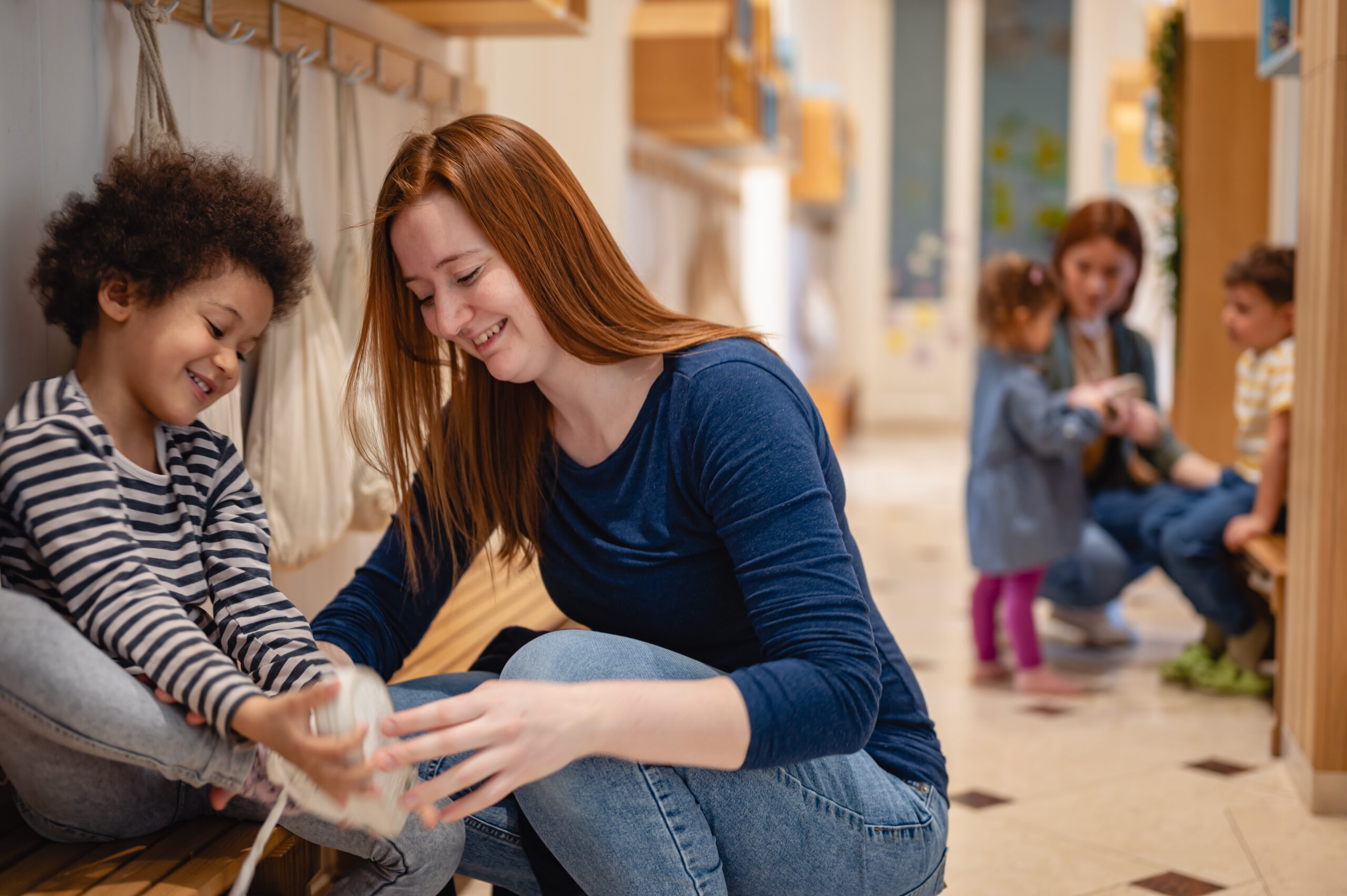The Heart of Education: Why Empathy Matters
As educators, our role goes far beyond academics. We’re not just teaching math facts, grammar rules, or science experiments—we’re shaping the hearts and minds of the next generation. One of the most powerful traits we can cultivate in our students is empathy: the ability to understand and connect with the feelings and perspectives of others.
In a world that often rewards speed, competition, and individual achievement, empathy reminds us of our shared humanity. It’s the foundation of collaboration, leadership, and ethical decision-making. In my decades as a teacher and educational therapist, I’ve seen firsthand how empathy transforms classrooms, strengthens communities, and builds the kind of future leaders we desperately need.
Understanding Social-Emotional Learning (SEL)
Social-emotional learning (SEL) is the process through which children—and adults—acquire and apply the knowledge, attitudes, and skills needed to manage emotions, set goals, show empathy for others, maintain positive relationships, and make responsible decisions. SEL isn’t a separate subject—it’s the connective thread that runs through everything we do in the classroom.
When we embed SEL into our teaching practices, we create a learning environment where children feel safe, valued, and heard. This is where real learning begins. In my own classroom, I found that when students felt emotionally supported and connected, their academic achievement improved significantly.
Modeling Empathy in the Classroom
Children learn empathy not just by hearing about it—but by seeing it in action. As educators, we are role models. How we handle conflict, speak to students, and engage with families teaches children how to treat others.
One of the most effective ways I’ve found to model empathy is through storytelling. Whether reading a book about a character overcoming adversity or sharing a personal experience, stories invite students to walk in someone else’s shoes. I often ask reflective questions like, “How do you think they felt?” or “What would you do in that situation?” These simple prompts spark powerful discussions and help students begin to understand perspectives beyond their own.
Creating a Culture of Connection
Building empathy takes intention and consistency. In my classroom, we began each day with a morning meeting where students could check in emotionally and share anything on their minds. This small investment of time created a deep sense of connection and trust among classmates.
We also used collaborative projects that required students to work together, listen to each other, and solve problems as a team. These moments taught students not only how to cooperate, but how to genuinely care about one another’s ideas, feelings, and successes. I witnessed countless moments of kindness, encouragement, and resilience simply because the classroom culture valued those qualities.
SEL and Future Leadership
The link between empathy and leadership is undeniable. Great leaders are not just intelligent—they’re emotionally intelligent. They can connect with others, build strong relationships, manage conflict, and inspire teams. These are all skills rooted in SEL.
I’ve had the joy of watching many of my former students go on to become thoughtful, ethical leaders in their schools and communities. They weren’t necessarily the students with the highest test scores—but they were the ones who listened deeply, spoke with kindness, and stood up for what was right. These are the leaders the world needs more of.
Empathy Across Cultures and Differences
In today’s globalized world, students must learn to navigate cultural differences with understanding and respect. Empathy helps break down stereotypes, reduce bias, and promote inclusivity. During my time as the U.S. delegate to Japan for curriculum integration, I saw how bridging two very different education systems required deep listening, openness, and empathy from both sides.
We cannot raise global citizens without teaching them how to consider experiences different from their own. SEL provides a critical framework for helping children develop cultural sensitivity and a strong sense of social justice—skills that are essential in a diverse and interconnected world.
Empowering Educators to Teach SEL
For SEL to truly take root in schools, educators must be supported and empowered to teach it. This means training teachers in emotional literacy, providing time and space for SEL activities, and embedding SEL goals into the curriculum.
As someone who has developed SEL-based programs in hospital classrooms and for children in medical crisis, I’ve seen how powerful it can be when emotional and academic learning are integrated. Whether a child is facing illness, trauma, or everyday challenges, SEL gives them tools to process their experiences and grow stronger from them.
Empathy is the Curriculum
Teaching empathy is not extra—it is essential. If we want to raise future leaders who are compassionate, resilient, and collaborative, we must start by creating classrooms that prioritize social-emotional learning. When students learn to care for others, listen deeply, and act with kindness, we are not just teaching them to succeed in school. We are preparing them to lead with integrity in life.
In a world facing complex problems and deep divisions, empathy is our most powerful educational tool. As educators, we must continue to champion SEL not just as a strategy—but as a way of being. The future depends on it.
